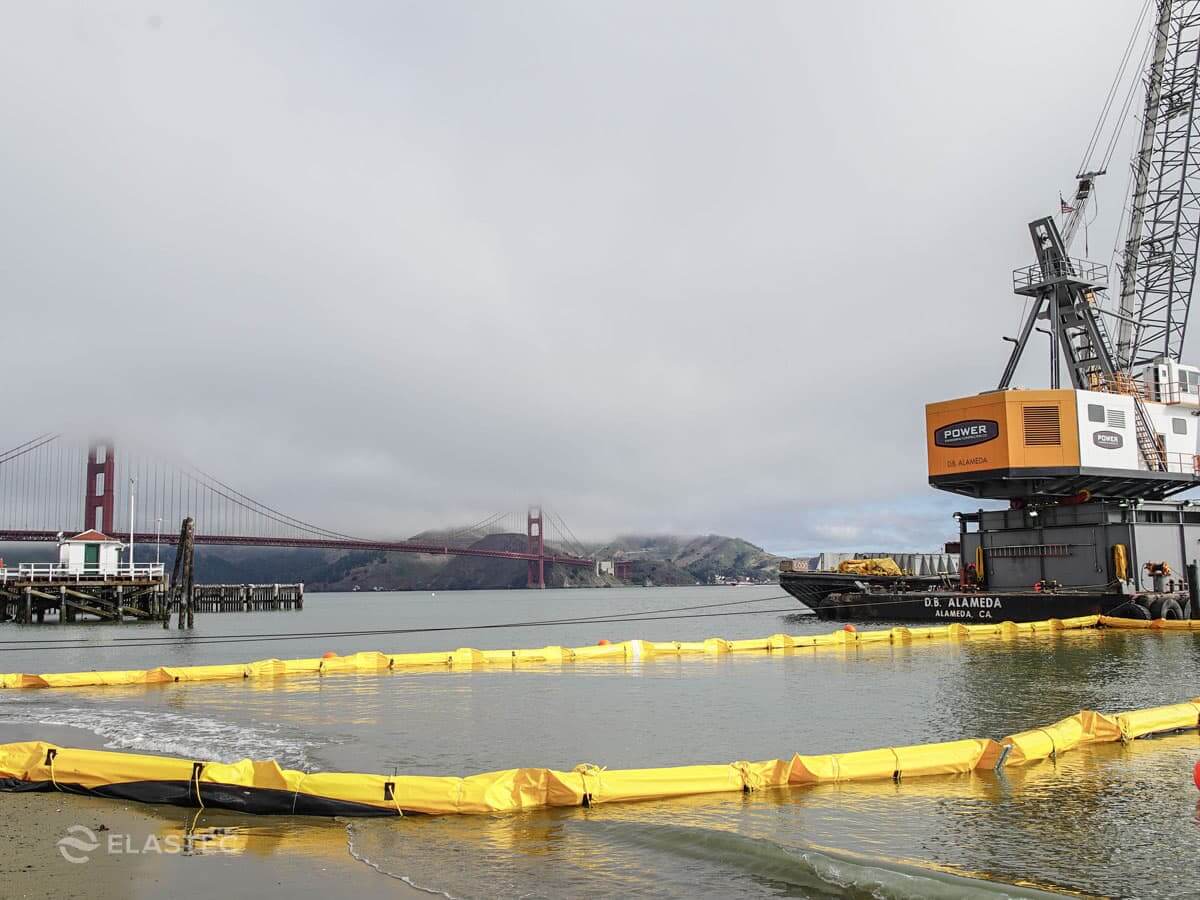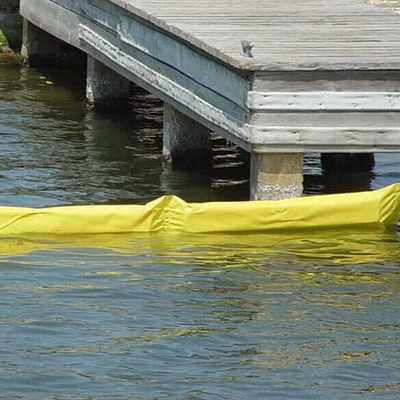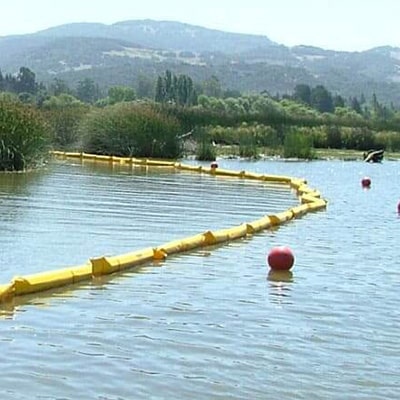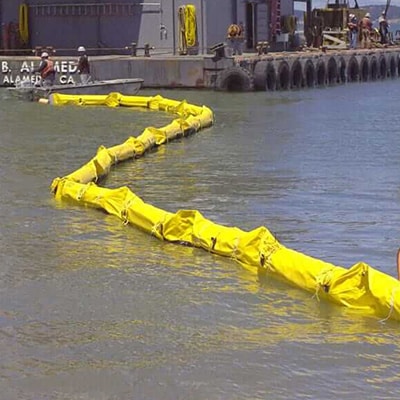
Elastec Turbidity Curtains: Controlling Silt and Sediment in Water
Elastec Turbidity Curtains are essential floating barriers designed to manage silt and sediment in various marine and aquatic construction, dredging, and remediation projects. These curtains have been a trusted solution since 1967, helping to comply with regulations like the U.S. Clean Water Act and the National Pollution Discharge Elimination System (NPDES). We also offer some models for sell in our online store.
By confining suspended particulates to a limited area, Elastec Turbidity Curtains allow for settling or removal, significantly reducing the discharge of silt and sediment.
Elastec turbidity curtains can be customized with various options, including different filter cloths and reefing systems, to meet specific project requirements and environmental conditions.

Type 1 Turbidity Curtains: Ideal for use in calm waters such as ponds, lakes, and protected areas. These curtains are designed for easy deployment and are effective for controlling sediment and runoff from construction sites. They meet federal and state clean water requirements for calm water applications.

Type 2 Turbidity Curtains: A more durable barrier suitable for areas with mild currents, light waves, and wind. Type 2 curtains are designed for controlling silt and sediment during marine construction and dredging operations in moving water conditions. They are available in both impermeable and permeable options to suit project needs.

Type 3 Turbidity Curtains: Engineered for challenging conditions found in tidal zones, rivers, and bays with stronger currents and waves. These heavy-duty curtains are well-suited for demanding projects like bridge, intake, and pipeline construction. Like Type 2, they are available in permeable and impermeable options.
Contact Us About Your Project
In order that we may recommend the best Turbidity Curtain for your project, please provide as many details as possible. If the flow rate is high, Elastec can provide modeling data to determine anchor spacing and feasibility of systems.
